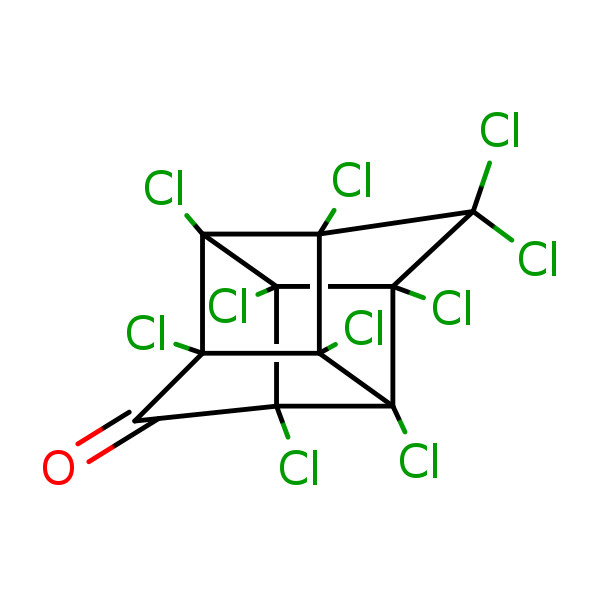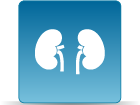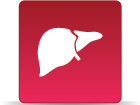Chlordecone (Kepone)
CASRN 143-50-0 | DTXSID1020770
- Toxicological Review (PDF) (183 pp, 1.03 M)
- IRIS Summary (PDF) (24 pp, 231 K)
- Status: EPA announced in a 2004 Federal Register Notice that chemicals used as pesticides would not be re-assessed by the IRIS Program. This entry in the IRIS database is preserved at the request of EPA program and regional offices. Additional toxicological information may be found under "Other EPA Information."
On this page:
Noncancer Assessment
Reference Dose for Oral Exposure (RfD) (PDF) (24 pp, 231 K) Last Updated: 09/22/2009
| System | RfD (mg/kg-day) | Basis | PoD | Composite UF | Confidence |
|---|---|---|---|---|---|
| Urinary | 3 x 10 -4 | Renal lesions (glomerulosclerosis) in female Wistar rats |
BMDL
10
:
0.08
mg/kg-day |
300 | Medium |
Reference Concentration for Inhalation Exposure (RfC) (PDF) (24 pp, 231 K) Last Updated: 09/22/2009
Information reviewed but value not estimated.
Cancer Assessment
Weight of Evidence for Cancer (PDF)
(24 pp, 231 K)
Last Updated: 09/22/2009
| WOE Characterization | Framework for WOE Characterization |
|---|---|
| Likely to be carcinogenic to humans | Guidelines for Carcinogen Risk Assessment (U.S. EPA, 2005) |
- Under the U.S. EPA Guidelines for Carcinogen Risk Assessment (U.S. EPA, 2005a), chlordecone is "likely to be carcinogenic to humans" based on data from an oral cancer bioassay in rats and mice demonstrating an increase in the incidence of hepatocellular carcinomas in both sexes of both species (NCI, 1976a, b).
- This may be a synopsis of the full weight-of-evidence narrative.
Quantitative Estimate of Carcinogenic Risk from Oral Exposure (PDF) (24 pp, 231 K)
Oral Slope Factor:
1
x 101
per mg/kg-day
Drinking Water Unit Risk:
3
x 10-4
per µg/L
Extrapolation Method: Multistage-Weibull model (implemented in TOX_RISK) with linear extrapolation from the POD (BMDL10).
Tumor site(s): Hepatic
Tumor type(s): liver hepatocellular carcinoma (NCI (1976a))
Quantitative Estimate of Carcinogenic Risk from Inhalation Exposure (PDF) (24 pp, 231 K)
Information reviewed but value not estimated.
Chemical Documents
Other EPA Information
- Human Health Benchmarks for Pesticides (HHBP). This database provides human health benchmarks for pesticides that may be present in drinking water.
- Office of Pesticide Programs Pesticide Chemical Search. This database provides links to health effects information and registration status for pesticides.
- Chemistry Dashboard. This database provides information on chemical structures, experimental and predicted physicochemical, and toxicity data.
Critical Effects
Tumor Sites
Chemical Structure

Synonyms
- Chlordecone (Kepone)
- GC-1189
- decachlorooctahydro-1,3,4-metheno-2H-cyclobuta[cd]-pentalen-2-one
- 143-50-0


